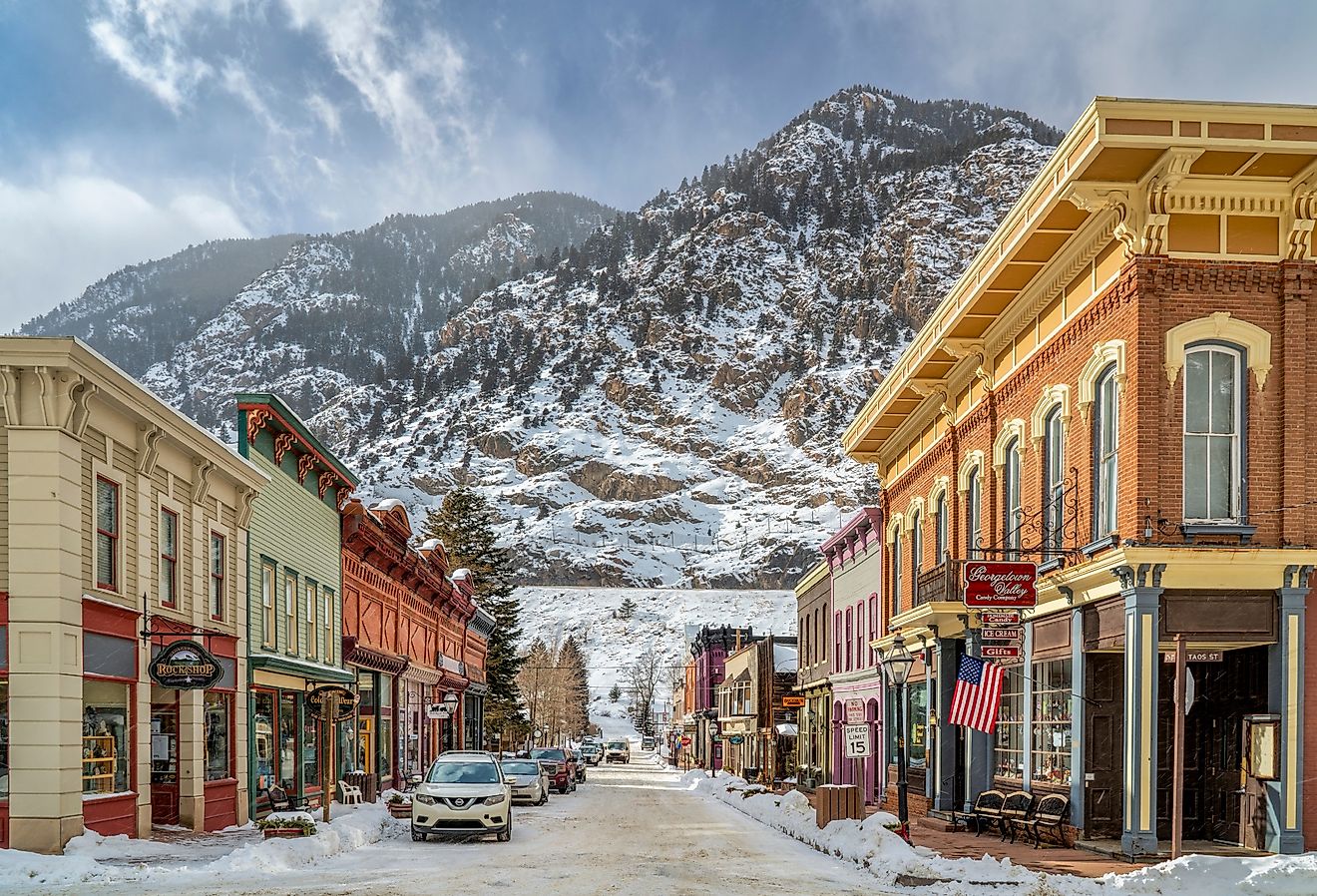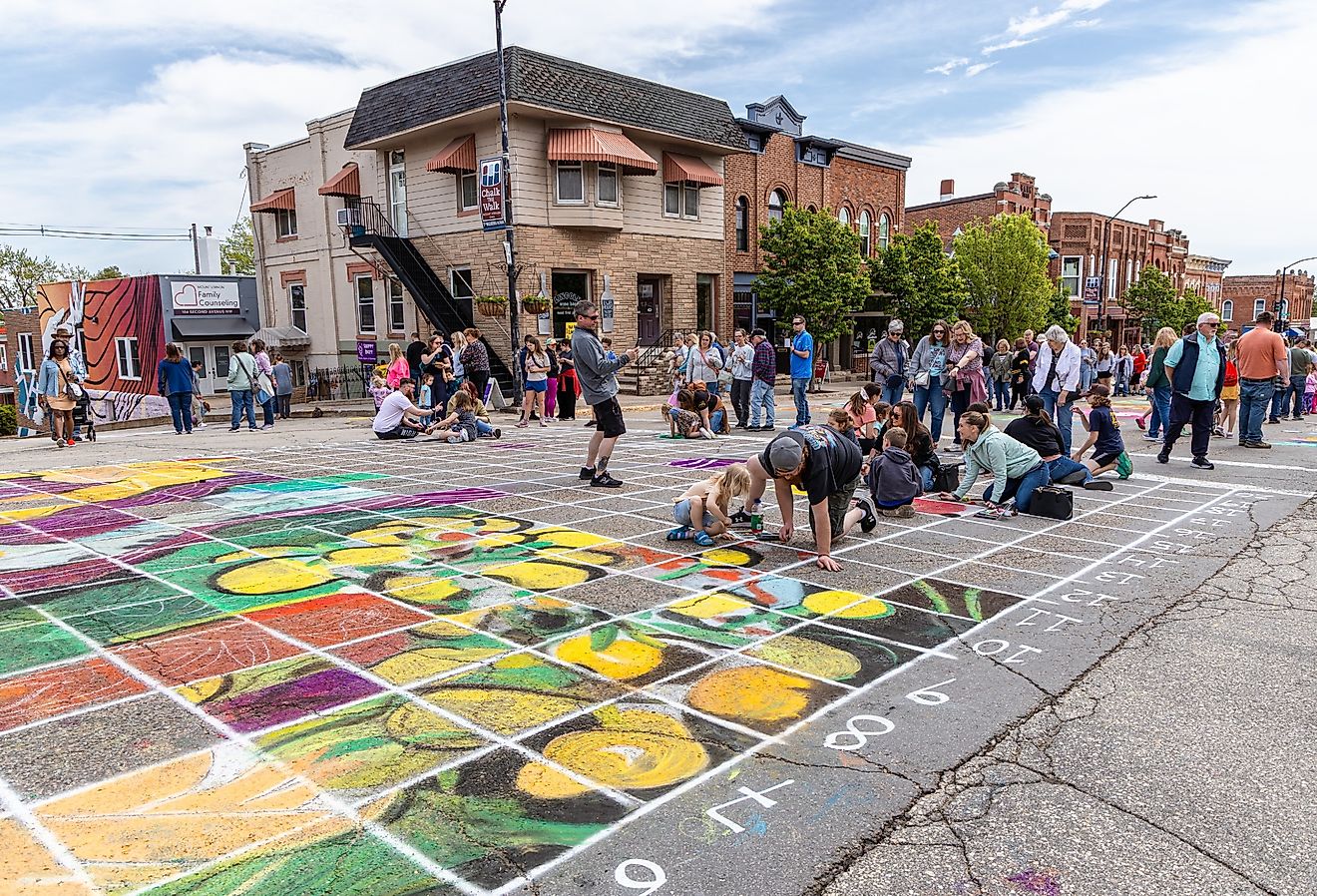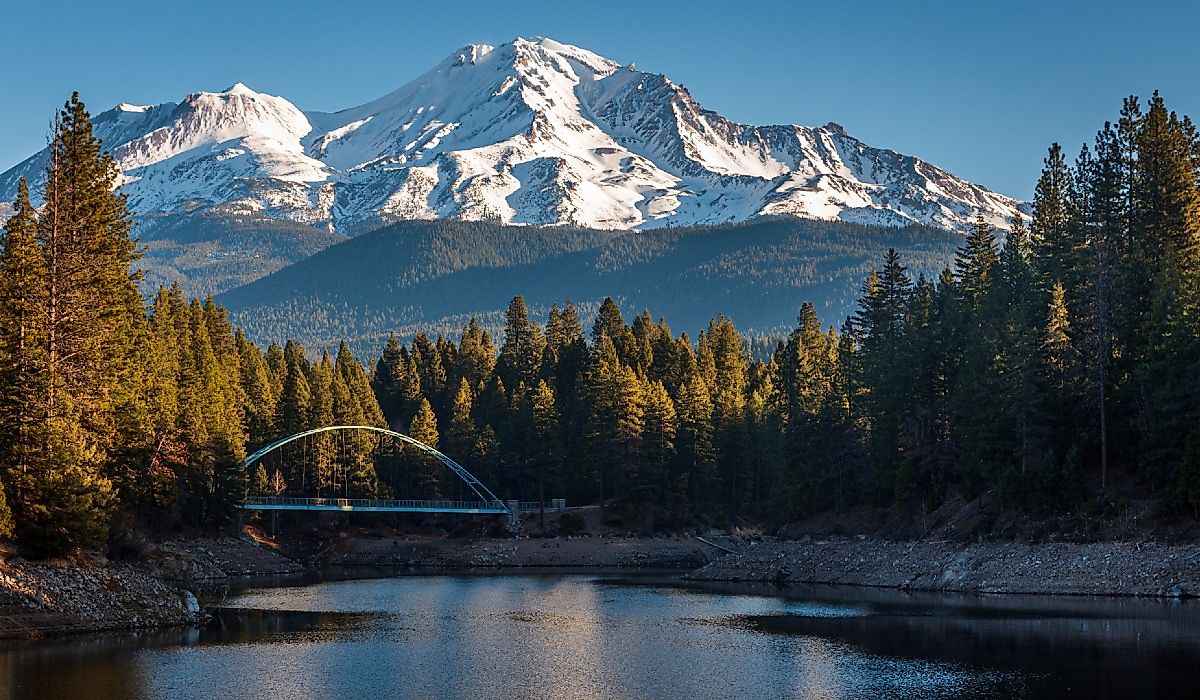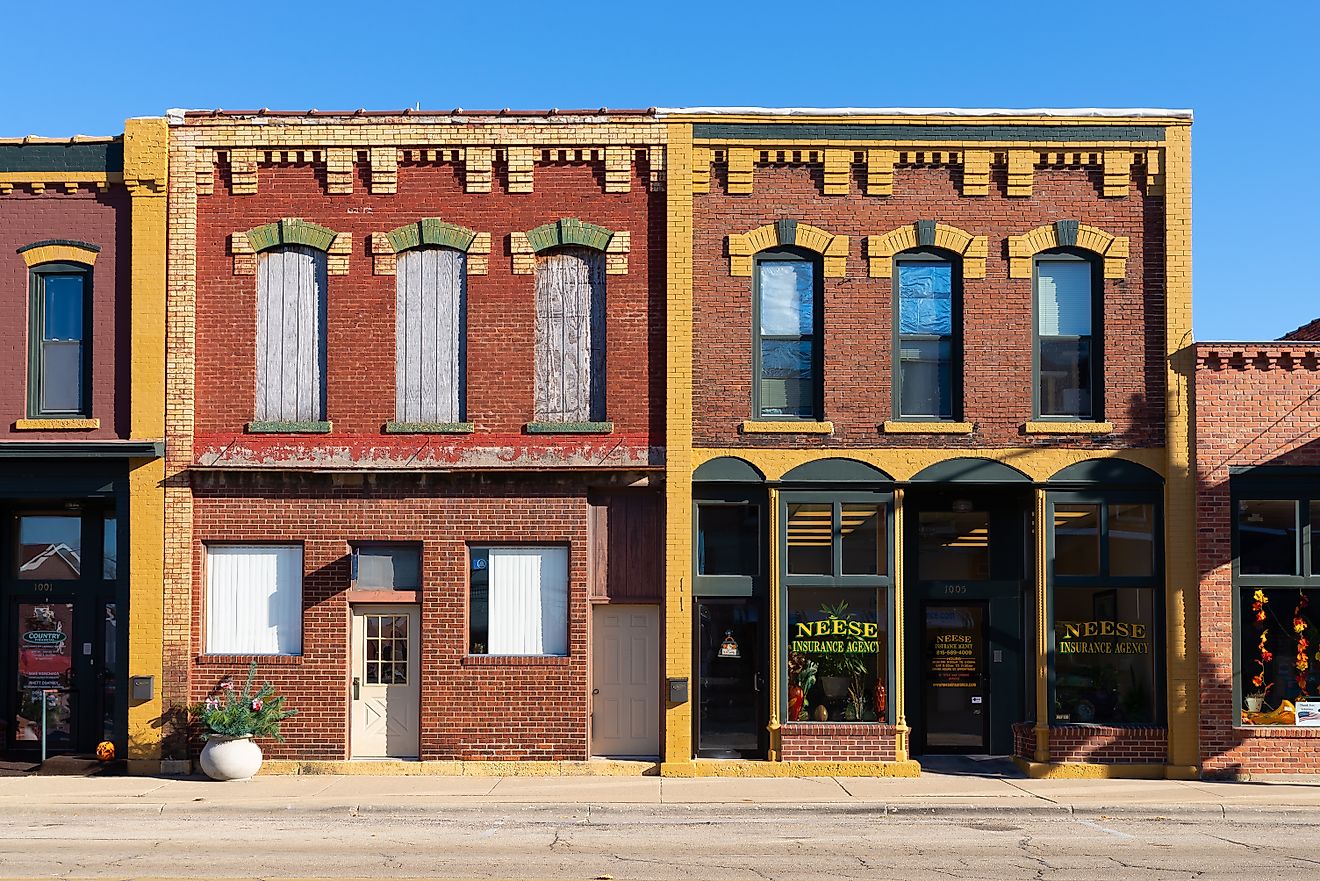
10 Strange Discoveries About the Taj Mahal
One of the world’s most romantic landmarks, India’s Taj Mahal stands on the banks of the Yamuna River in Agra as an enduring symbol of love. One of South Asia’s most mysterious attractions, it was completed in 1632 after over two decades of construction, conceived and paid for by emperor Shah Jahan as a tribute to his beloved wife, Mumtaz Mahal, who had died during childbirth while he was away at war.
An extraordinary fusion of Islamic, Persian, Indian, and Turkish architectural styles, the symmetry and proportions of this grand structure - now a UNESCO World Heritage Site - reflect meticulous attention to detail, as well as the immense wealth of the Shah. It has also sparked a great deal of intrigue, from the mystery behind the project’s chief architect, Ustad Ahmad Lahauri, to the whereabouts of the “missing” black marble mausoleum intended for the emperor himself.
The Color Changer
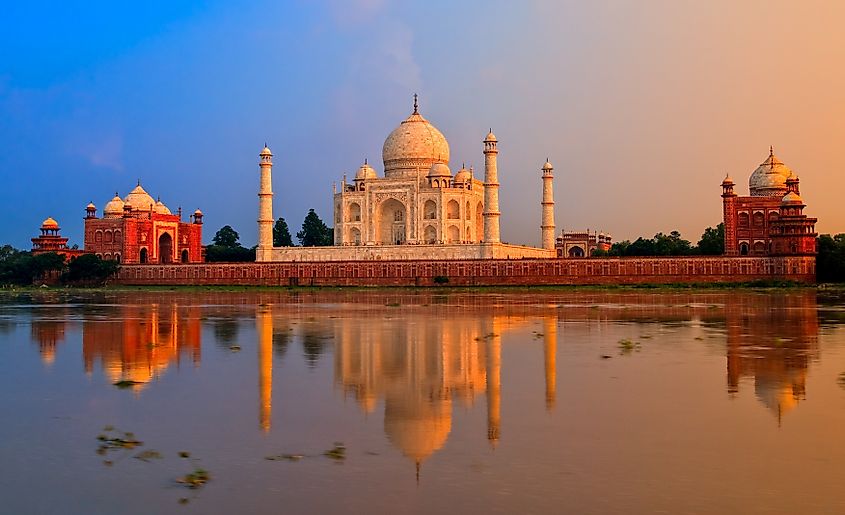
The Taj Mahal's marble exterior is famous for its ability to “change color” throughout the day, a quirk of the semi-translucent quality of the marble used in its construction. As the sun moves across the sky, the monument's surface reflects varying shades of yellow, orange, and pink, an effect that’s especially noticeable at sunrise and sunset.
The changing colors are enhanced by the intricate inlay work that adorns the walls. Known as “pietra dura,” this centuries-old Italian technique involves setting semi-precious stones into marble to create intricate and colorful patterns and designs.
Optical Illusion and Grandeur
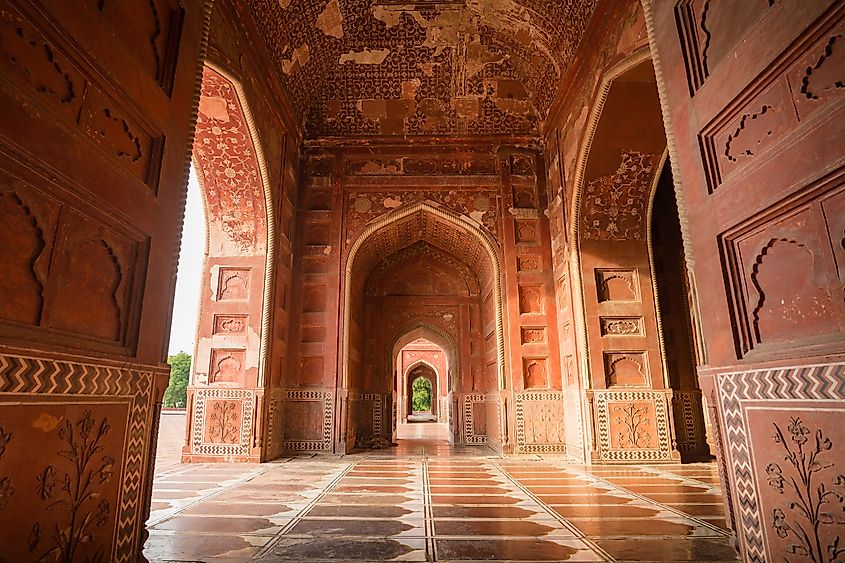
Shah Jahan's architects employed sophisticated optical illusions to enhance the monument's grandeur. The main doorway, for example, is curved slightly inward, creating the illusion of perfect symmetry when viewed from the outside… a trick that viewers discover for themselves when stepping inside. The building’s arches and domes also play with perspective, appearing even grander than they actually are.
The monument's famous reflection pool further enhances the optical illusions. Designed with precise geometric proportions, the pool reflects the Taj, creating a mirror image that accentuates its symmetry, making it appear larger. The raised platform on which the Taj stands, coupled with the expansive gardens, also contributes to the perception of grandeur.
What Secrets Lay Beneath?
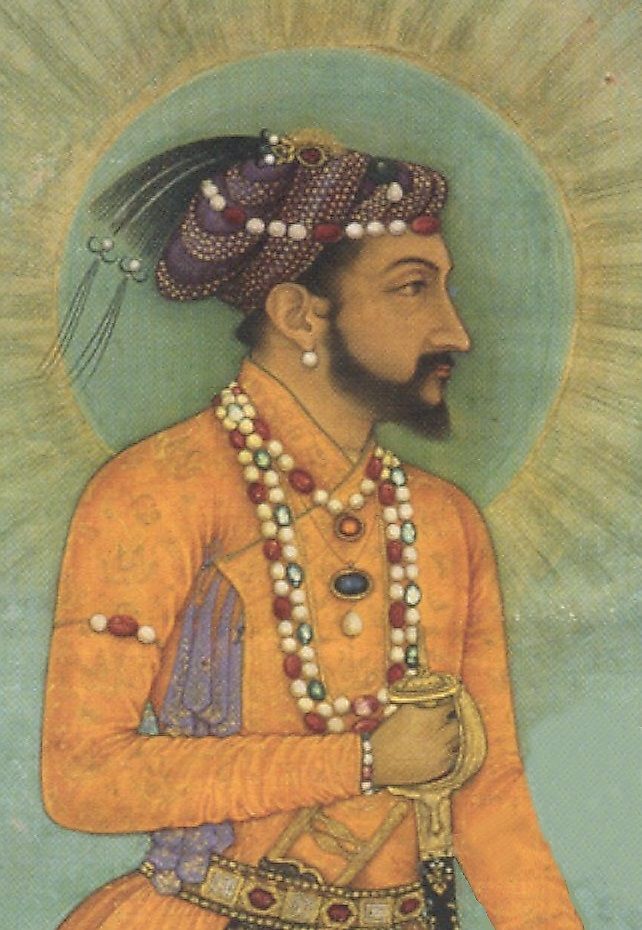
One of the Taj Mahal's most enduring mysteries lies underground. Beneath it are several chambers and passages whose purpose remains as yet undiscovered. Some speculate that they were used for storage, housing valuable treasures and artifacts associated with the imperial family. Others suggest they were designed as a secret escape route for the royal family in times of danger.
They may also have been used for rituals and prayers, as well as for ceremonies honoring Mumtaz Mahal and, later, Shah Jahan, who was buried alongside his wife.
The Writing on the Wall
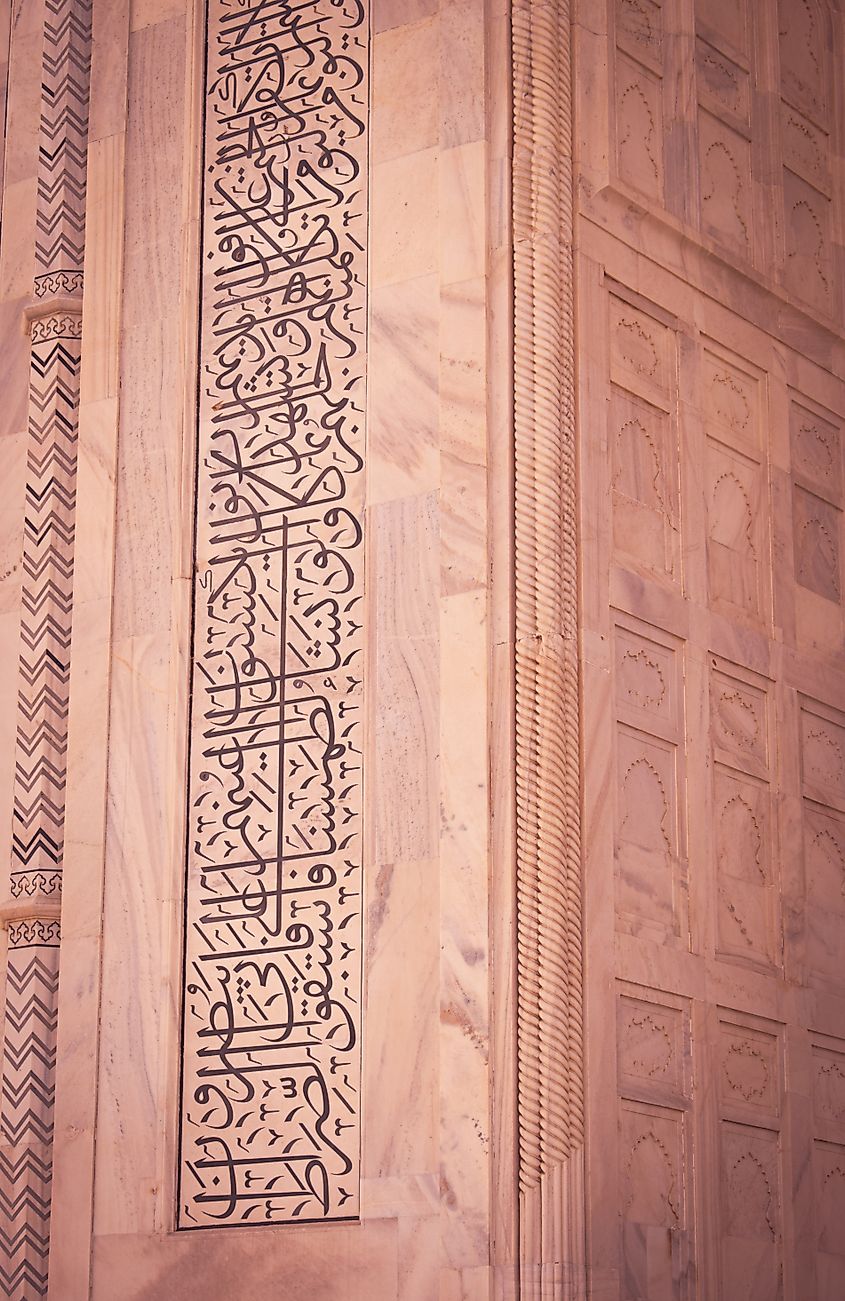
Adorning the walls of the Taj Mahal are intricate calligraphic inscriptions from the Quran. Personally selected by the Shah, they were crafted from black marble inlaid into the white marble walls using the same pietra dura technique as on the building’s exterior.
The contrast between the dark marble and the white background dramatically enhances the beauty of the written word, with their placement holding symbolic significance and reflecting the love and devotion of the royal couple. They also include passages that speak of paradise, love, and eternity, befitting a monument dedicated to eternal love.
Moonlight and Magic
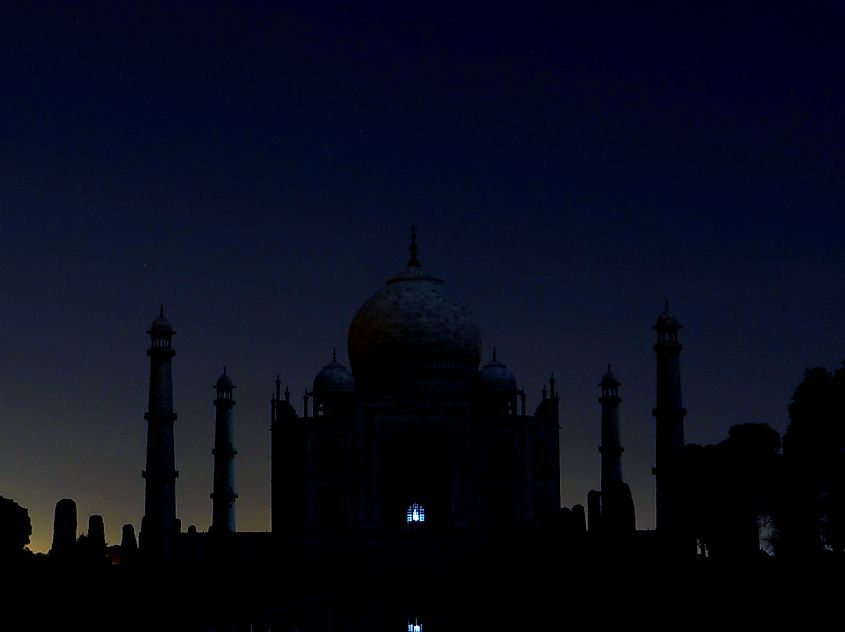
Designed to sparkle in the moonlight, the Taj’s white marble is famous for its luminescent properties and reflects the moon's rays, creating a soft, ethereal glow. It’s especially impressive during a full moon when the entire complex appears to be bathed in a silvery light.
The reflection of the moon on the River Yamuna adds further to the magical atmosphere as the marble's radiance is mirrored in the water. The intention behind this magical lunar aspect of the building’s design was to symbolize eternal love transcending time and space.
The Elusive Architect
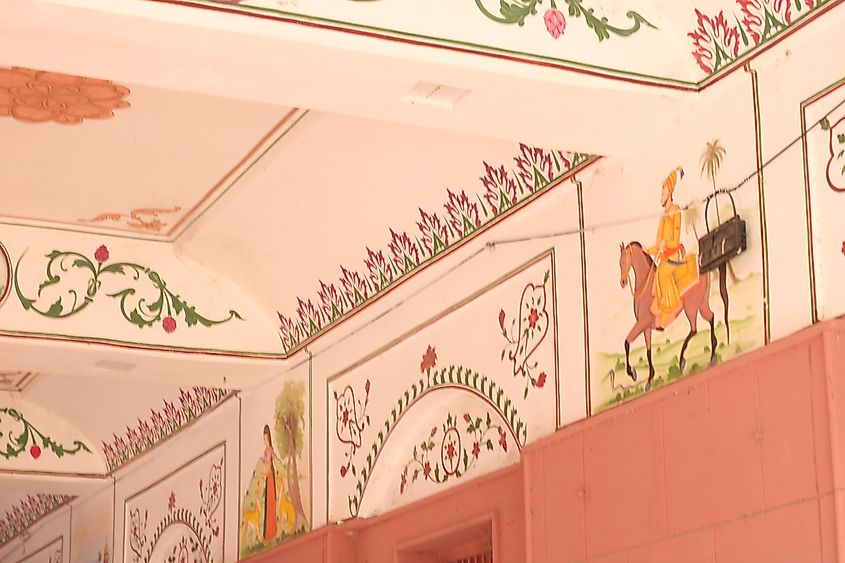
The chief architect behind the Taj Mahal, Ustad Ahmad Lahauri, remains a mysterious figure. Little is known about his life and other works, alluding to the possibility that Shah Jahan had him exiled or even executed to ensure he’d never build a rival monument.
The absence of information about the architect only adds to the building’s intriguing history. Believed to have been a master architect and engineer, overseeing a massive workforce and ensuring the precise execution of the monument's design would certainly have been a monumental task. This, along with the very evident use of symmetry and proportions, is a clear indicator that the architect rose to the challenge.
Paradise on Earth
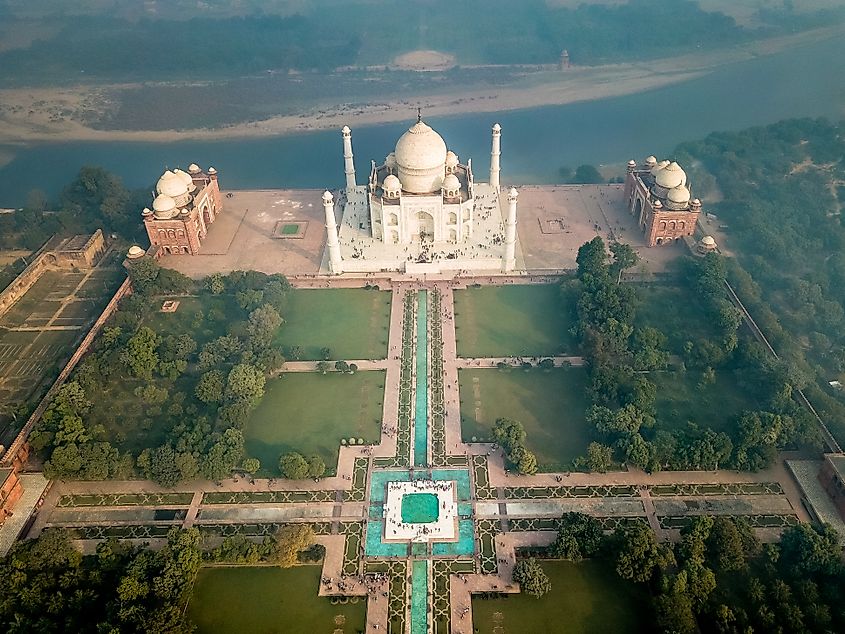
The gardens surrounding the Taj Mahal are also considered a masterpiece of symmetry and design. Reflecting the Islamic concept of paradise known as the Charbagh, or four gardens, this style originates from ancient Persian garden traditions, symbolizing the four rivers flowing from the Garden of Eden. The Taj garden layout is a quarter-turn rotation of a traditional Persian garden, with the mausoleum at the center to emphasize its prominence. The raised pathways, water channels, and carefully planted trees and flowers create a perfect mirror image, enhancing the sense of order and tranquility.
The choice of plants and their arrangement also hold symbolic significance. Cypress trees, representing eternity and resilience, line the pathways, while flowering plants add a touch of color, and the water features provide a soothing ambiance.
The Mystery of the Black Taj Mahal
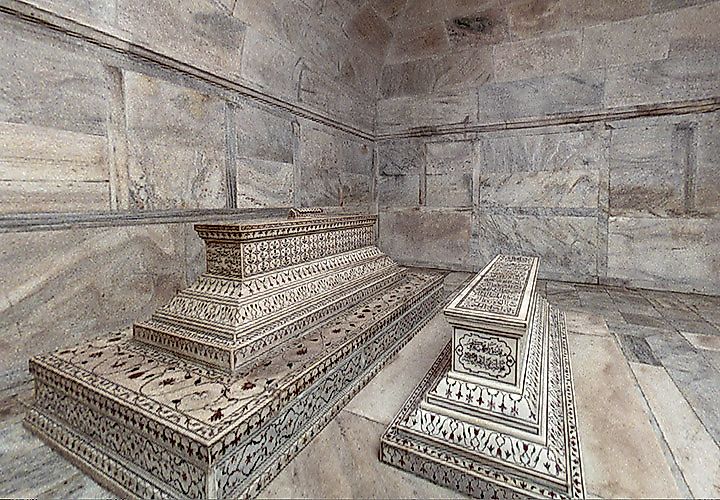
Researchers have discovered that Shah Jahan had planned an identical “Black Taj Mahal” for himself across the Yamuna River. To be built of black marble to contrast with the white Taj Mahal, the plan never saw the light of day, and he was buried alongside his wife.
While the exact reason this “missing” mausoleum failed to materialize remains a mystery, some experts speculate that the black marble structure would have disrupted the symmetry and harmony of the complex. Others suggest that the Shah’s financial resources were depleted after building the Taj, leaving him unable to construct an equally grand mausoleum for himself. The fact that the Shah’s tomb is offset to the left of his wife’s centered tomb adds further to the speculation that his original plans were for a separate burial place.
A Costly Endeavor
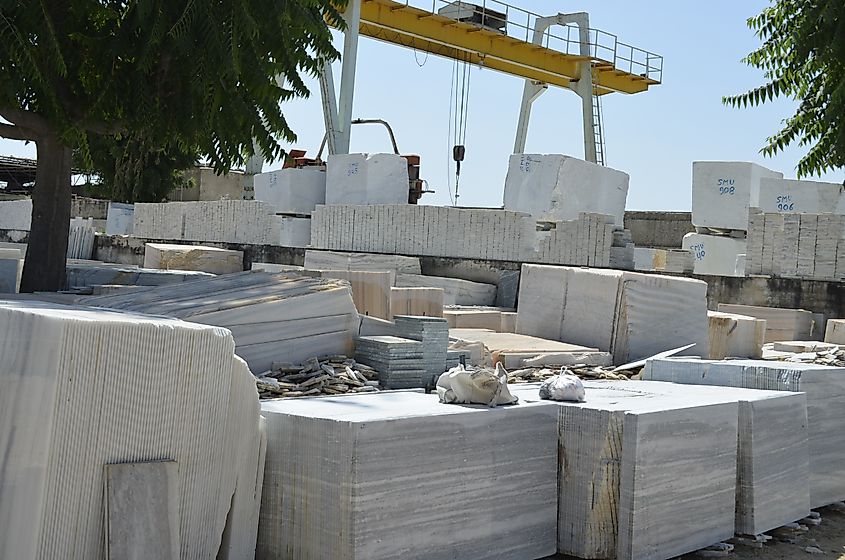
The construction of the Taj Mahal was a costly undertaking, amounting to an estimated 32 million rupees (around a billion dollars today), making it one of the most expensive monuments ever built. The marble alone, sourced from the quarries of Makrana in Rajasthan, was a significant expense, as was the transportation of materials to the site.
The employment of skilled craftsmen and artists, including stonemasons, calligraphers, and inlay workers, also contributed to the cost. Additionally, the maintenance and upkeep of the workforce, with food, lodging, and wages, added to the overall expense.
Jewel Thieves
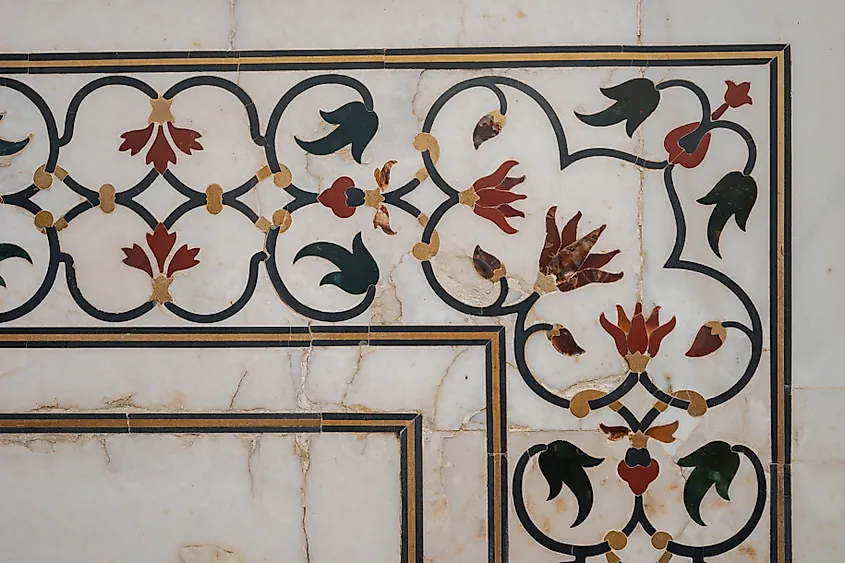
And what happened to all those precious and semi-precious stones inlaid into the Taj’s marble? Many were looted during the Indian Rebellion (also known as the First War of Indian Independence) of 1857 by British soldiers and local villagers who took advantage of the unrest to steal jewels, including diamonds, emeralds, and sapphires, leaving behind empty settings.
The theft of these jewels dramatically impacted the monument's appearance, leaving many of the decorative elements plain or having to be replaced with replicas. The original brilliance and color of these jewels would certainly have added to the building’s radiance, enhancing the intricate patterns and designs. While the stolen jewels have never been recovered, the Indian government has made efforts to restore some of the missing gems, ensuring that the Taj Mahal retains its intended splendor.
Although much has been discovered about the Taj Mahal, many questions about India’s most magnificent man-made landmark remain unanswered. Each revelation that’s unraveled only adds a layer of complexity to Taj's legacy, ensuring many of its mysteries remain unsolved. From its unique color-changing marble façade to its mysterious underground chambers, these 10 strange discoveries about the Taj Mahal remain a true testament to enduring love.



